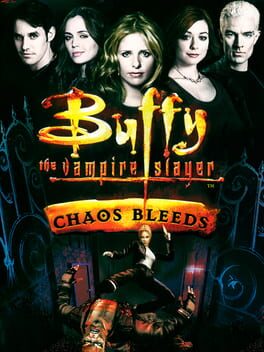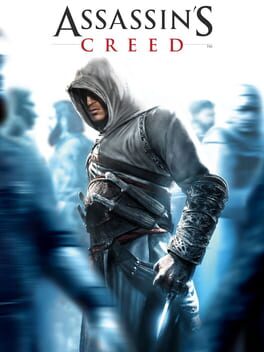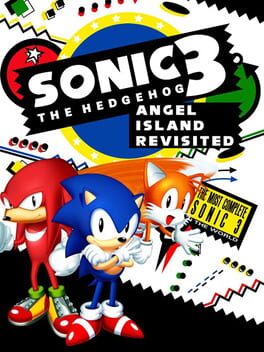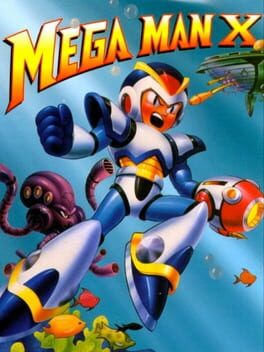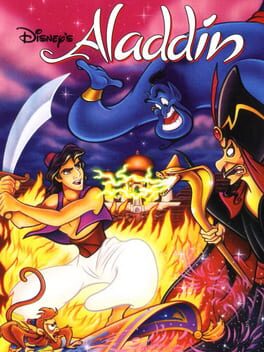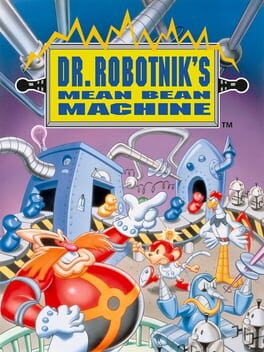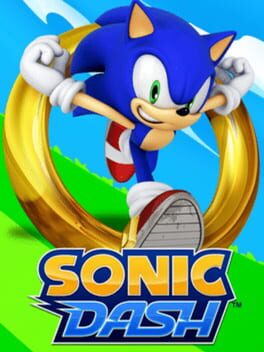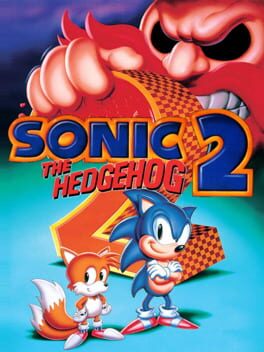terminustrack
Cute lines, fun combat variety, and great recreations of Sunnydale are hampered by often frustrating to the point of baffling puzzles, harsh checkpointing, and confusing level designs. Worth playing for the Buffy devotee, and definitely some good here - an extensive array of extras, and a dedicated multiplayer mode are inessential so inherently welcome surprises - but it feels a little like cookie dough - lovely, but a little more baking required. But I got to fight vampires as Spike and Faith, so can't all be bad.
2007
When I first played this game as a teenager, I remember finding it interesting, if frustrating. I knew that the better games were apparently yet to come, and didn't quite understand the potential of this game. Nevertheless, I remembered it fondly.
Revisiting it years later: this game came alive for me. In Assassin's Creed, you play as Altair, a member of an order of Assassins during the Third Crusade. The Assassins are caught between the different factions of this war, and obstensibly wish to bring around peace - something Altair is tasked to do by bringing around the death of corrupt, cruel, or conniving public figures, stationed in the cities of Jerusalem, Acre, and Damascus.
Whilst the controls are prone to occasional bouts of clunkiness - I found myself once in a while muttering 'Altair, no, why,' - they have a great deal of potential to them, that makes freerunning and exploration a case of actively planning and taking risks, particularly when Altair gains the ability to grab onto things when falling. The game may highlight safe ledges to leap from with pigeons and hay, but the range of abilities you're given for movement, whilst taking a while to pick up, provide a great many options for surpsingly creative exploration, making the slighly samey streets within each city a joy to find your way around.
This goes for the combat too. You're only given three real weapons - the hidden blade, the short sword/throwing knife, and the long sword - but much as with the exploration, as you gain more ability it becomes more fun. The hidden blade especially is a case of this, impossible to use during group battles in the early game, later it's fantastically satisfying to pull off. The stereotype of these games combat is wait and counter, but with the hidden blade, you're in a standoff with the guards, waiting for one to start yelling orders - and to take him off guard with a knife to the neck, scaring another, who falls, and so on. Hidden complexities are throughout the game.
The biggest point of contention may be the repetitiveness of the main gameplay loop - travelling to a city, completing mini missions to investigate your target, then assassinating them. However, these missions are often so quick as to be done within an hour total - their real point is to reward diving deeper into the game. Completing all six investigations for a target (only three are required to trigger the final assassination) provide both hints for gameplay, such as less guarded areas, potential escape routes, and elaborations of the story. Much of the narrative is told through the letters you steal, or the unguarded conversations of guards, showing the links between targets, or what the people of the city really think of their rulers. Whilst the main narrative of Altair is interesting, if a little rote - a classic 'he changes because the plot demands it' story, if having some interesting twists - this is the real story, of conspiracies and death dealers during a war.
This also carries over to the (spoiler alert!) brief modern day section of the game, set in the far future year of 2012. Desmond Miles, the player character in these sections, provides a fun counterbalance to the ominious and serious dialogue that fills the rest of the game, but most of the meat here is found in the - all to easy to miss - computer logs that eagle eyed players may access, giving a great sense of looming doom to the world, that goes perfectly with the stark, overwhelming white and greys that make up the claustrophobic rooms of the modern day faciliites, even the outside world just an abstraction of whites through the windows.
The highlight of the gameplay is the assassinations themselves, all unique from each other. Some will test your stealth, as you sneak through guards and drop down to your target, others your combat, others still your platforming - a particularly tricky section requiring precise control as Altair - unable to swim - lurks across a collection of boats.
As briefly mentioned, the presentation is gorgeous. Whilst the cities themselves are a little hard to navigate, with houses and geography often blending into each other, they create a great sense of mood- grey, dialpidated houses showing the effects of the war, a green so lush you can almost feel the humidity. And the landmarks give everything a sense of scale, that makes the viewpoints (mini challenges of high points in the city that clear the fog of the map) satisfying to climb, just for the view, Altair dwarfed by an expanse of the city.
The game is dated in some ways, and sequels would streamline the gameplay, improve the pacing, give the stories great emotional weight (and more memorable characters). But it is still well worth a revisit, and if the time is taken to dig into it, carries fascinating quirks and complexities that keep it enduring to this day.
Revisiting it years later: this game came alive for me. In Assassin's Creed, you play as Altair, a member of an order of Assassins during the Third Crusade. The Assassins are caught between the different factions of this war, and obstensibly wish to bring around peace - something Altair is tasked to do by bringing around the death of corrupt, cruel, or conniving public figures, stationed in the cities of Jerusalem, Acre, and Damascus.
Whilst the controls are prone to occasional bouts of clunkiness - I found myself once in a while muttering 'Altair, no, why,' - they have a great deal of potential to them, that makes freerunning and exploration a case of actively planning and taking risks, particularly when Altair gains the ability to grab onto things when falling. The game may highlight safe ledges to leap from with pigeons and hay, but the range of abilities you're given for movement, whilst taking a while to pick up, provide a great many options for surpsingly creative exploration, making the slighly samey streets within each city a joy to find your way around.
This goes for the combat too. You're only given three real weapons - the hidden blade, the short sword/throwing knife, and the long sword - but much as with the exploration, as you gain more ability it becomes more fun. The hidden blade especially is a case of this, impossible to use during group battles in the early game, later it's fantastically satisfying to pull off. The stereotype of these games combat is wait and counter, but with the hidden blade, you're in a standoff with the guards, waiting for one to start yelling orders - and to take him off guard with a knife to the neck, scaring another, who falls, and so on. Hidden complexities are throughout the game.
The biggest point of contention may be the repetitiveness of the main gameplay loop - travelling to a city, completing mini missions to investigate your target, then assassinating them. However, these missions are often so quick as to be done within an hour total - their real point is to reward diving deeper into the game. Completing all six investigations for a target (only three are required to trigger the final assassination) provide both hints for gameplay, such as less guarded areas, potential escape routes, and elaborations of the story. Much of the narrative is told through the letters you steal, or the unguarded conversations of guards, showing the links between targets, or what the people of the city really think of their rulers. Whilst the main narrative of Altair is interesting, if a little rote - a classic 'he changes because the plot demands it' story, if having some interesting twists - this is the real story, of conspiracies and death dealers during a war.
This also carries over to the (spoiler alert!) brief modern day section of the game, set in the far future year of 2012. Desmond Miles, the player character in these sections, provides a fun counterbalance to the ominious and serious dialogue that fills the rest of the game, but most of the meat here is found in the - all to easy to miss - computer logs that eagle eyed players may access, giving a great sense of looming doom to the world, that goes perfectly with the stark, overwhelming white and greys that make up the claustrophobic rooms of the modern day faciliites, even the outside world just an abstraction of whites through the windows.
The highlight of the gameplay is the assassinations themselves, all unique from each other. Some will test your stealth, as you sneak through guards and drop down to your target, others your combat, others still your platforming - a particularly tricky section requiring precise control as Altair - unable to swim - lurks across a collection of boats.
As briefly mentioned, the presentation is gorgeous. Whilst the cities themselves are a little hard to navigate, with houses and geography often blending into each other, they create a great sense of mood- grey, dialpidated houses showing the effects of the war, a green so lush you can almost feel the humidity. And the landmarks give everything a sense of scale, that makes the viewpoints (mini challenges of high points in the city that clear the fog of the map) satisfying to climb, just for the view, Altair dwarfed by an expanse of the city.
The game is dated in some ways, and sequels would streamline the gameplay, improve the pacing, give the stories great emotional weight (and more memorable characters). But it is still well worth a revisit, and if the time is taken to dig into it, carries fascinating quirks and complexities that keep it enduring to this day.
2007
1993
1993
1990
See the scenario mode is fun, but at one point it gets so unfairly difficult - as in, can't stop the AI from suddnely dropping a bunch of rocks onto your screen - that it's impossible to play. Bet it would be sick to play against a friend though, and would love to see them bring this back as a minigame one day, more polished
2009
If Doodle Jump showed off the gyroscope in the iPhone, Angry Birds showed off the touch controls. Much like Doodle Jump, it's a simple, easy to grasp concept - angle the Angry Birds to destory the structures, with satisfying results. WIth a cute aesthetic, and neat sound design, it served as a great introductory title to the iPhone's potentail - and unlike Doodle Jump, featured levels and those all important stars - meaning completionists could whittle away to grab them all, perfect for train or bus journeys or breaks at work.
It's one of those classics that is overlooked because of how ubitiqious it's become, with a million spin-offs and two films far after it was ever relevant. But the game itself was a great piece of design. And for less than a pound, great value whether you played it once or a hundred times.
But it also - sadly, dissapointingly - has become symbolic of the way mobile gaming has changed. Despite having paid for the game back in the day, it's now full of adverts, between loading levels, when pausing, after finishing a level, on the home screen. Rather than the strategic puzzling out of a level to get the stars, there's constant encouragement to use the little shortcuts - able to purchase with real money - instead. It's... Still playable, I suppose, but lacks the appealing simplicity that shone so much with the original - and with that era of mobile gaming. It's on other platforms, that I'm sure don't have the same issues - but without the in-hand touch controls, it seems lesser.
A game worth remembering for its place in gaming history, both positive and negative.
It's one of those classics that is overlooked because of how ubitiqious it's become, with a million spin-offs and two films far after it was ever relevant. But the game itself was a great piece of design. And for less than a pound, great value whether you played it once or a hundred times.
But it also - sadly, dissapointingly - has become symbolic of the way mobile gaming has changed. Despite having paid for the game back in the day, it's now full of adverts, between loading levels, when pausing, after finishing a level, on the home screen. Rather than the strategic puzzling out of a level to get the stars, there's constant encouragement to use the little shortcuts - able to purchase with real money - instead. It's... Still playable, I suppose, but lacks the appealing simplicity that shone so much with the original - and with that era of mobile gaming. It's on other platforms, that I'm sure don't have the same issues - but without the in-hand touch controls, it seems lesser.
A game worth remembering for its place in gaming history, both positive and negative.
2013
It's temple run, but with a blue hedgehog. The boss fights keep it interesting, and the Sonic characters are all good designs, so more motivation to unlock them than in most games of this type, and it's nicely presented - but progression is so slow that it would have to be either a hobby and a money sink, and the difficulty spikes up soon as you reach a certain distance. Good for idly playing - this was my go-to on trains to school as a kid - but in that catergory, there's a million others.
2009
This is the earliest I can remember being blown away by smartphones, as a kid at the time of the sudden shift from flip-phones to iPhone. Such a simple concept, but executed well - and at this point, very nostalgic. (2009 was NOT 12 years ago, NO. Glee started YESTERDAY. David Tennant is still Doctor Who.)
1992
The first game I remember playing. It's burned into my soul, with an aesthetic and music that feels all new and exciting every time I play, whilst taking me back to something in me that goes beyond nostalgia and is close to time travel.
Which would be enough, except this is still a brilliant, wonderful game. As close to perfect as games get - let alone games from the 90s.
Which would be enough, except this is still a brilliant, wonderful game. As close to perfect as games get - let alone games from the 90s.
